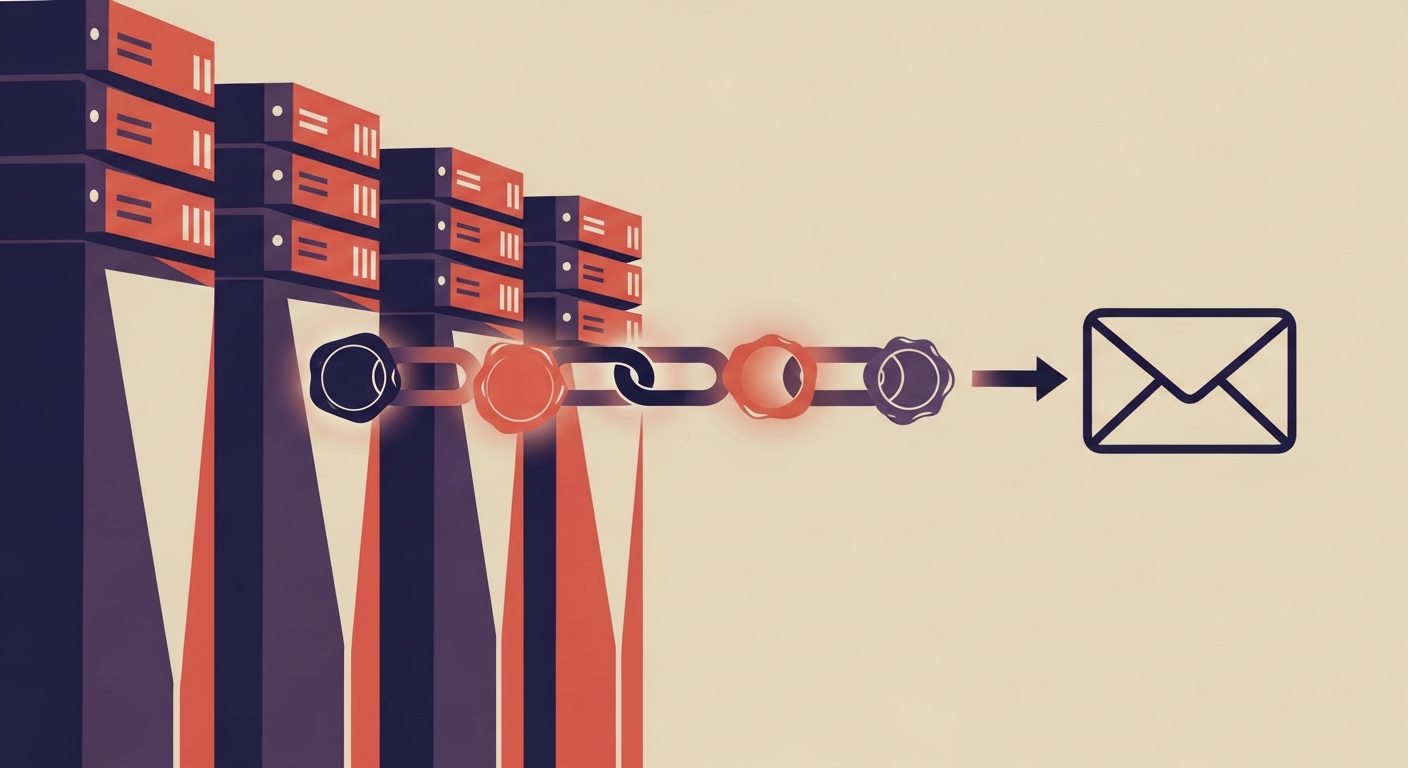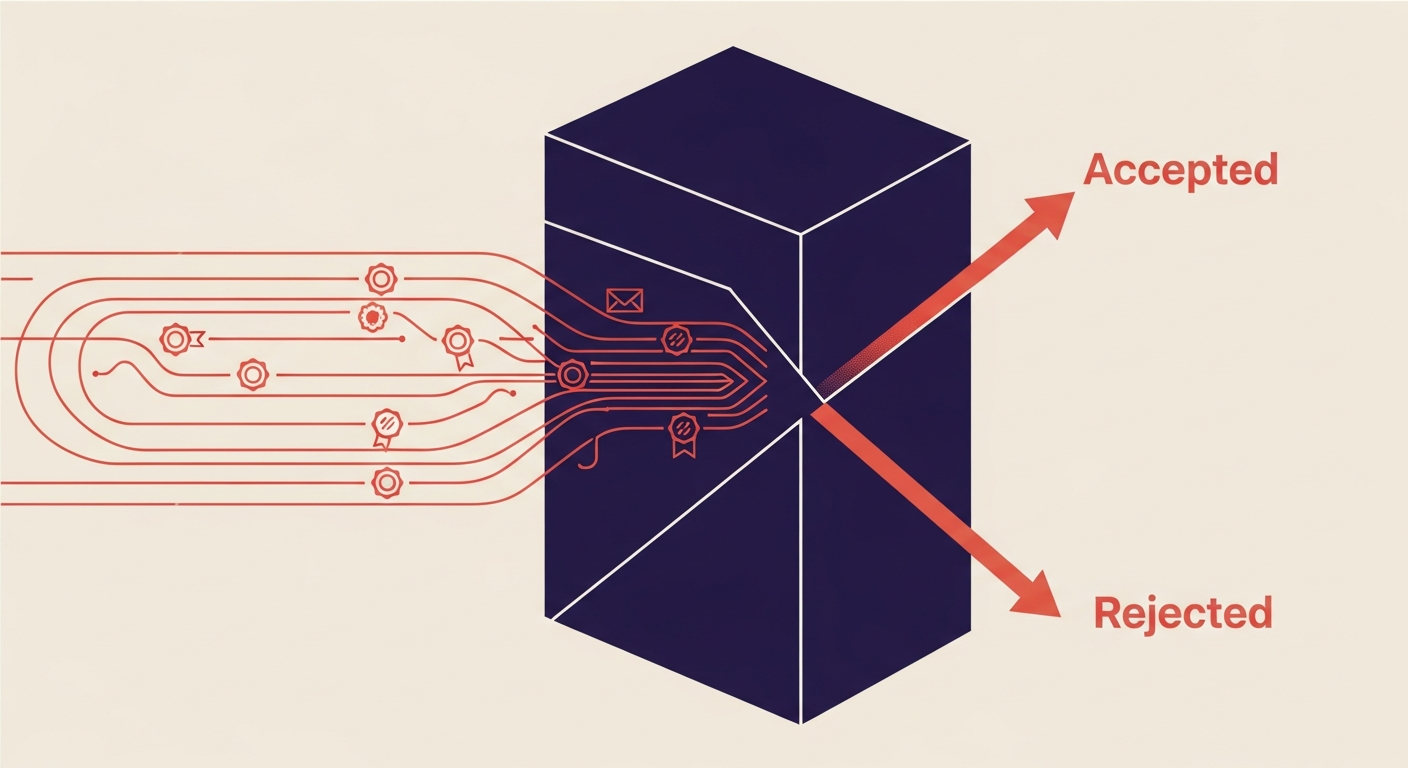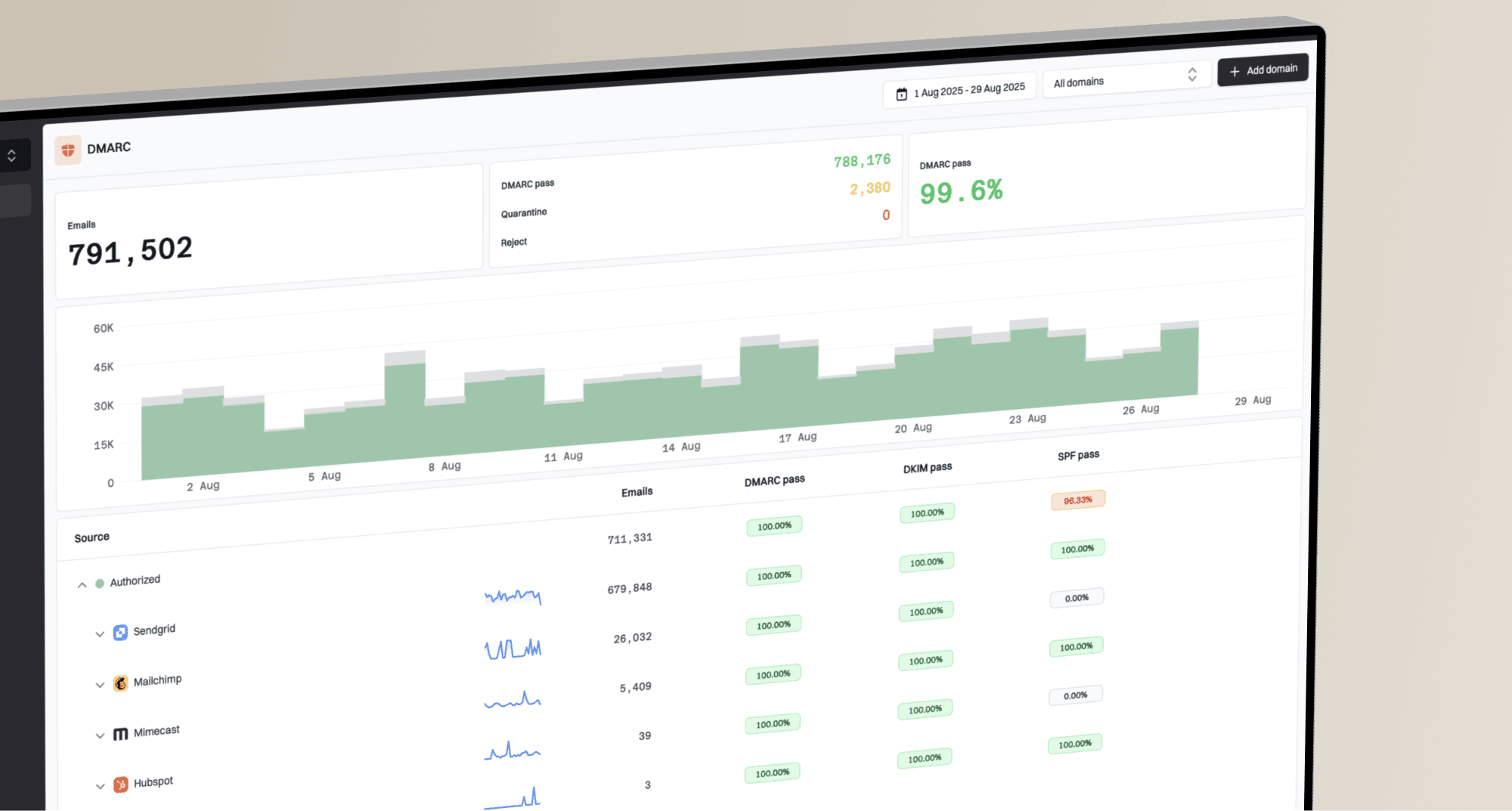What is the ARC-Authentication-Results header used for?

Matthew Whittaker
Co-founder & CTO, Suped
Published 24 Feb 2025
Updated 12 Oct 2025
7 min read


ARC-Authentication-Results: i=1; mx.google.com; dkim=pass header.i=@example.com header.s=s1 header.b=AbCdEfGh; spf=pass (google.com: domain of user@example.com designates 203.0.113.42 as permitted sender) smtp.mailfrom=user@example.com; dmarc=pass (p=quarantine sp=quarantine dis=none) header.from=example.com

